Hedmarksmuseet, Hamar, Norway. Sverre Fehn’s seminal/iconic/etc. masterwork completed in 1973. A collection of ruins (Archbishop’s fortified palace, manor house) on an important medieval route have been rebuilt/completed using modern building techniques. This has been done in order to display artefacts connected with the place and to preserve and display the archaeology of the ruins themselves. The buildings are penetrated by a concrete structure of ramps, platforms, balconies and rooms. The structure forms an elevated route giving the viewer an overview of revealed layers below and access to discreetly placed top-lit cells containing small historical artefacts.
Fehn’s museum is part of a much wider archaeological landscape preserved following the construction of the new town of Hamar in the 1840s. As at Scarpa’s Castelvecchio the architect benefits from the discipline imposed by the interpretation of the archaeology and the existing structures. The concrete path is strange, sculptural, novel. The artefacts have difficulty asserting themselves in the conversation between the architect and the older buildings.
Posted from Kil, Sweden

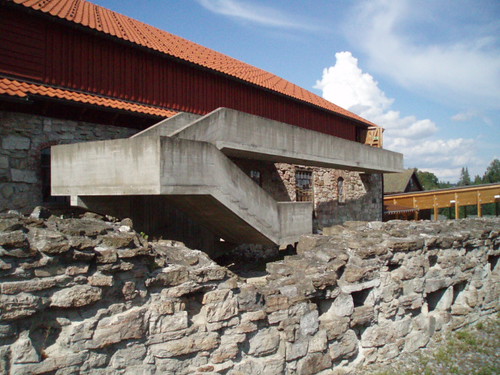
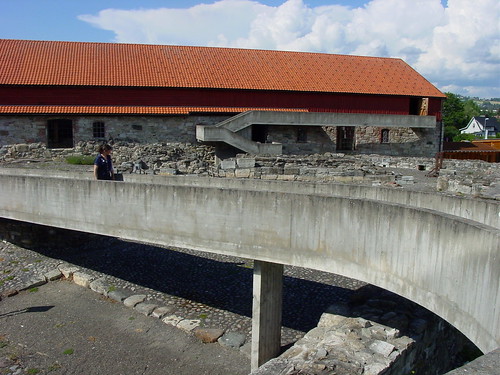
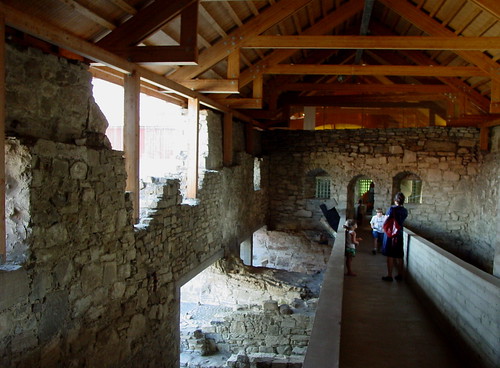
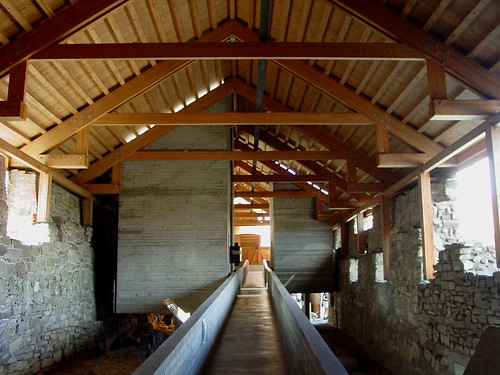
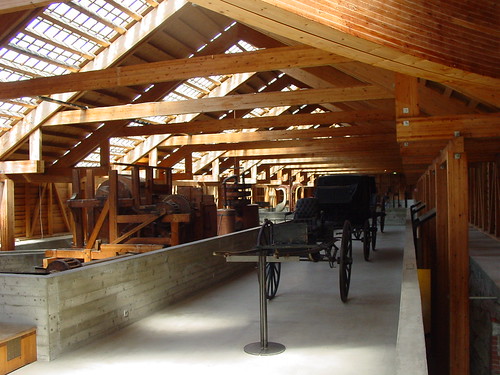
Pingback: CONTINUITY IN ARCHITECTURE » Blog Archive » Sverre Fehn